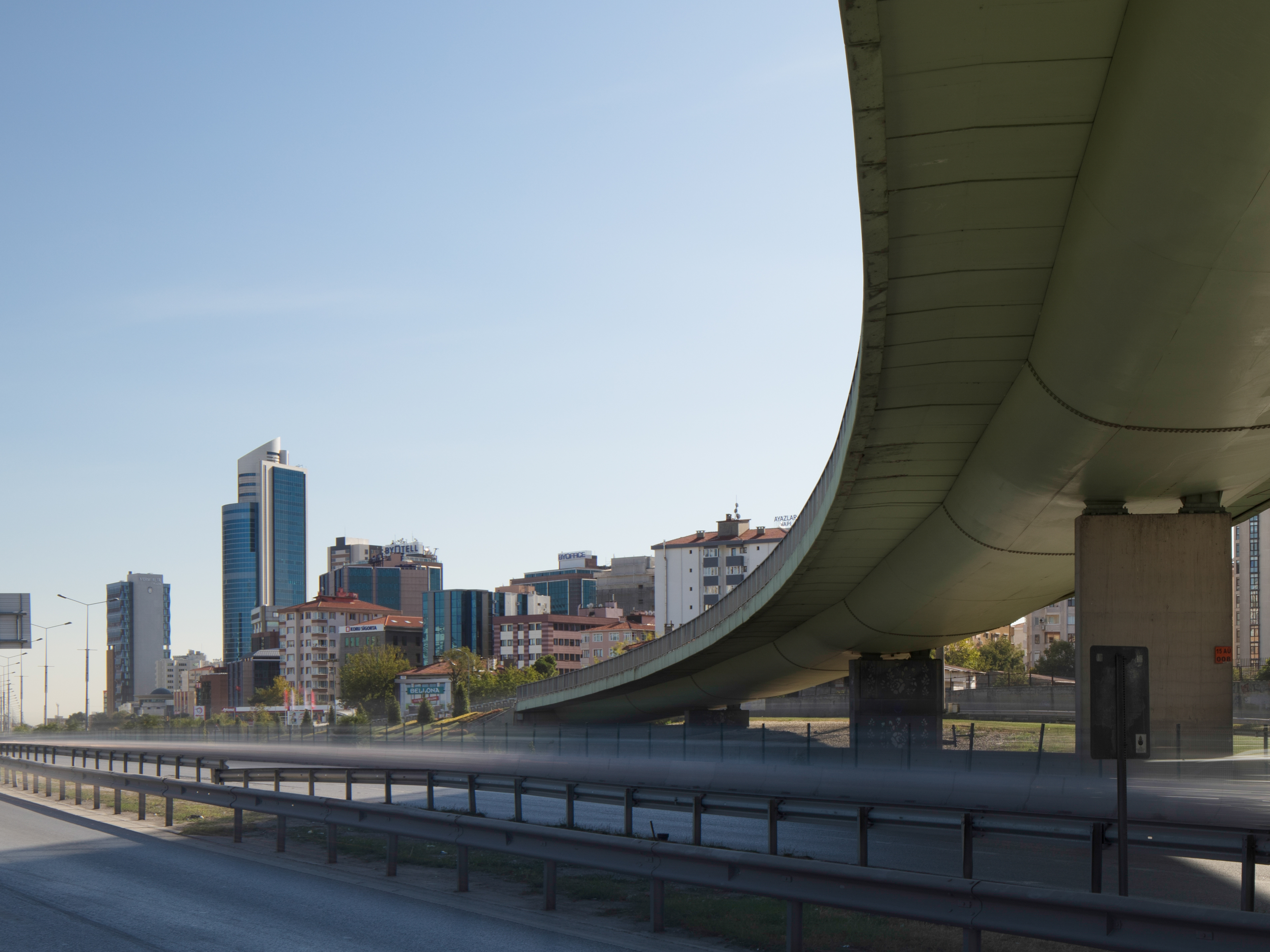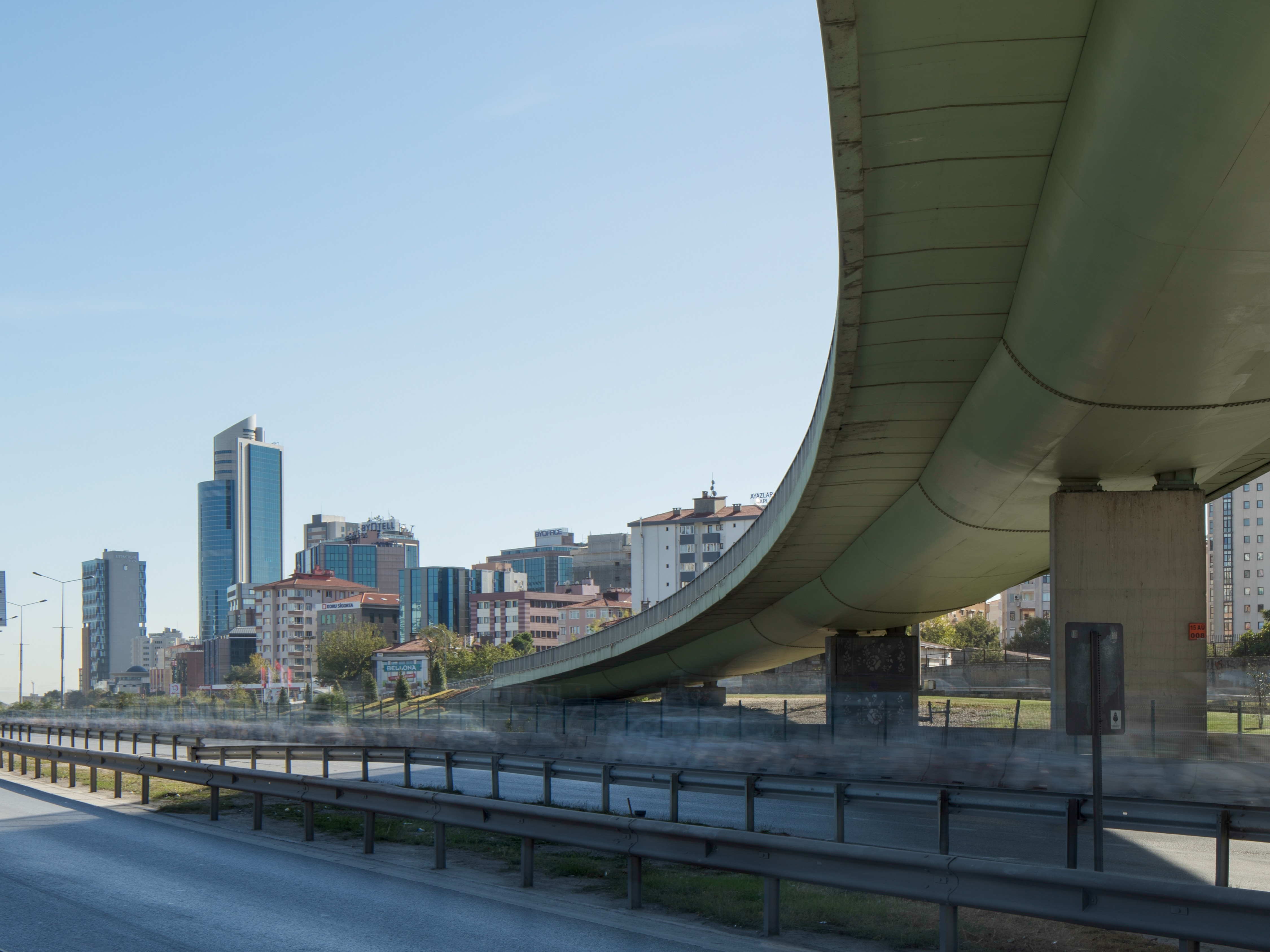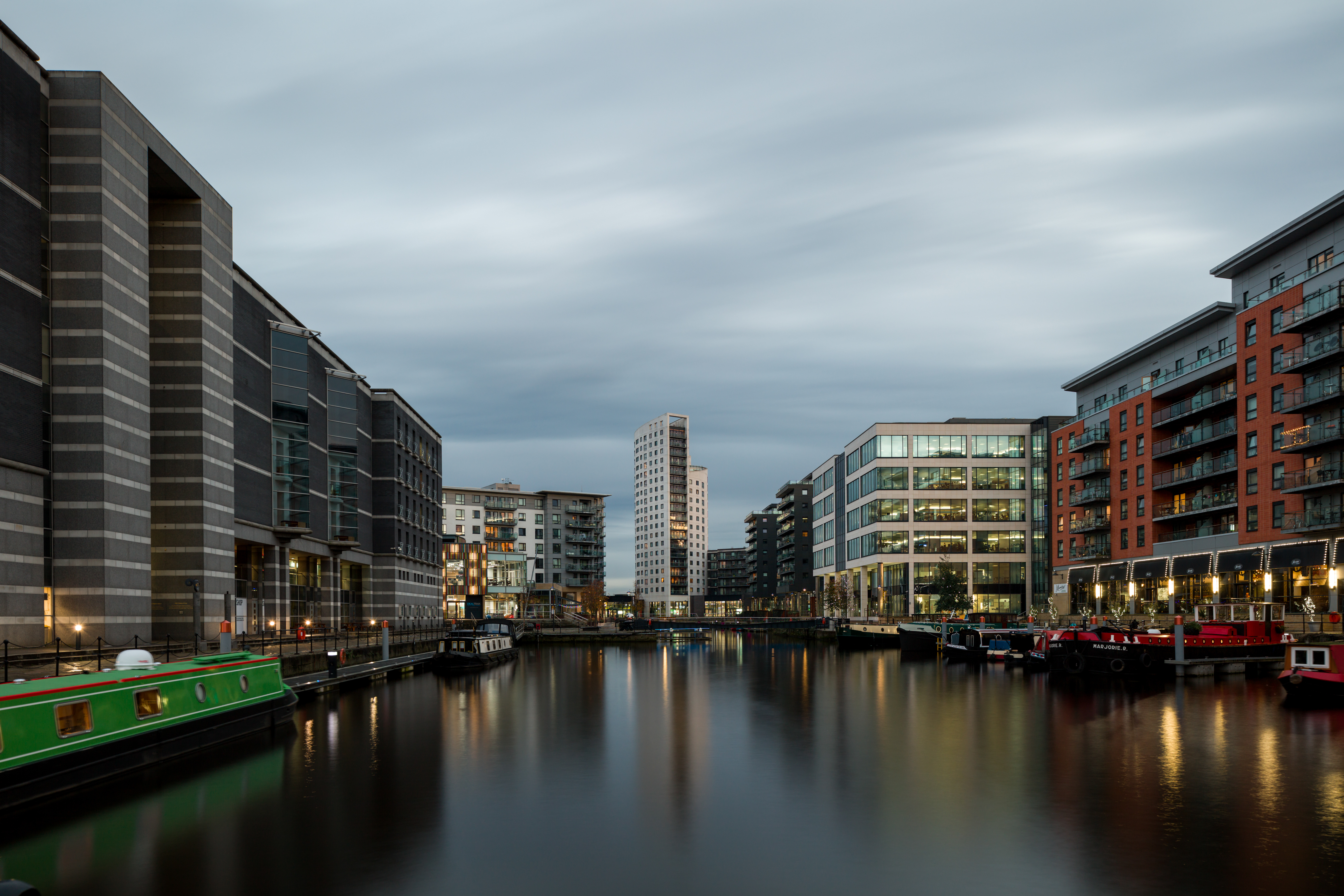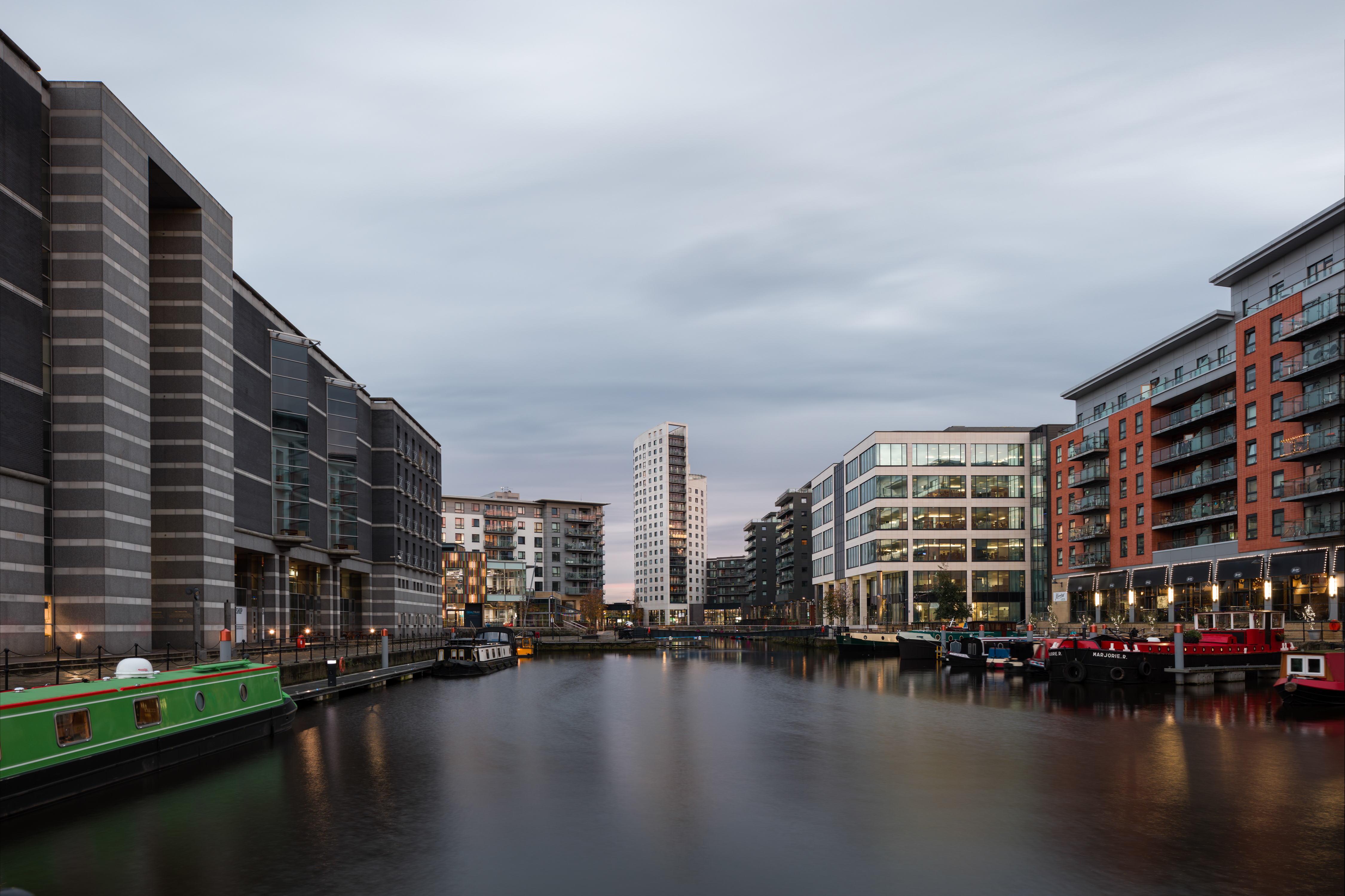Image stacking is a poor alternative to using ND filters
Using techniques such as image stacking is not a great solution to using ND filters

Neutral density filters, also known as ND filters, have been a cornerstone tool in the photographer's kit bag for decades. Used to control exposure, landscape photographers often use an ND filter to create a long exposure when working in brightly lit conditions.
However, some photographers have recently begun using image stacking techniques in place of an ND filter. This is where several shots have been taken of a scene, which are then combined in post-production. Any motion captured within the vista is blurred together to create a long exposure effect.
Read more: Best ND filters
However, while image stacking can certainly be useful, these techniques are actually a pretty poor replacement for a properly executed long exposure.
What is image stacking?
When you're photographing a landscape that contains a body of water or fast moving clouds, a long exposure can help smooth out any of the motion. However, if you're working on a bright day, you might not be able to use a long exposure without overexposing your photos. To get around this, you can use an ND filter, which will reduce the amount of light hitting the sensor and enable you to use a slower shutter speed.
Alternatively, image stacking is a technique that mimics this look by using image averaging. Essentially, you take a large number of images of the same scene and then, using software such as Photoshop, you stack all of the images together to create a final composite image.
If any part of the subject is moving within the scene, then each image will capture a slightly different moment. Combining the images together means that the software averages out the exposures, imitating a long exposure effect.
Get the Digital Camera World Newsletter
The best camera deals, reviews, product advice, and unmissable photography news, direct to your inbox!
While this technique gives the advantage of being able to use a faster shutter speed, you'll generally still need a tripod to prevent any issues when stacking the images together.
The key benefit of using this technique is that it prevents the need for you to buy any filters. This method also reduces the time you spend setting up the camera, which means that you can shoot much faster.
The video below demonstrates how you can stack images together in post.
Why ND filters are better
We believe that ND filters produce far better looking results than using the Mean Stack function. While image stacking techniques can be great in a pinch, if you're planning on producing any meaningful images then the technique can often fall short of the real thing.


The photos above demonstrate the difference in image quality between a long exposure using an ND filter and a Mean Stack image. Traffic on the road was pretty bad, but using an ND filter meant that the cars were naturally blurred out, creating a pleasing final look. However, the blur from the cars in the Mean Stacked image looks rough and jagged.
This is generally the kind of results you can expect from most moving subjects in a stacked image. This happens because between each individual photo you take for the final stack, there will inevitably be a slight delay. This isn't something that occurs when using a long shutter speed.


For the comparison above, you can see the difference between the long exposure and the Mean Stacked image. Smoothing out ripples in water is a common technique in landscape photography, but the Mean Stacked composite doesn't quite have the same magical glow as the photo taken with an ND filter.
In the long exposure, the water looks smooth and reflections of the building and the lights are natural. However, the reflections in the Mean Stacked image looks unclear and somewhat muddy. This is why a proper long exposure will generally look better than a stacked image.
Final thoughts
Image stacking techniques are brilliant for a number of reasons. They can help reduce the amount of noise in an image and can even help produce sharper, more detailed results. Unfortunately, this technique is pretty poor when it comes to mimicking a long exposed image. For this reason, it's probably a better idea to use ND filters instead.
Read more:
Best variable ND filters
Best filter holders
Best polarizing filters
Best ND grad filters
Best neutral density (ND) filters
Best lens protection filters
Best light pollution filters
Best infrared filters
Best close up filters
Kase Wolverine Magnetic Circular Filters review
All-in-one polariser and variable ND filter
Usman is a commercial and architectural photographer based in West Yorkshire, who has been working professionally for over seven years. He has also spent over four years as a writer for the biggest photography sites in the world, including Staff Writer for Digital Camera World, senior staff writer for FStoppers, and tech writer for Petapixel.
With a particular interest in technology developments, high-resolution imaging and the high-end cameras, Usman has been on the cutting edge of camera news as well as writing features about medium format systems and global shutters, and has reviewed some of the latest Leica cameras as well as a tripod that’s even taller than Andre the Giant!

